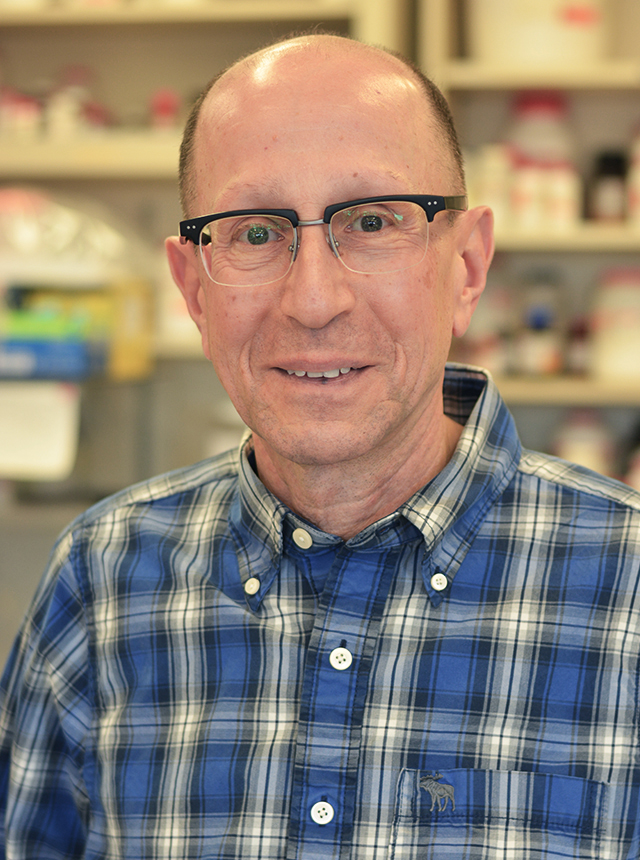
PHILADELPHIA, PA (October 24, 2013)—Researchers at Fox Chase Cancer Center have discovered new clues about how some genes are turned on and off inside a cell—a process that, when it goes awry, can lead to cancer. The new findings appear online in the October 24, 2013 edition of the journal Cell Reports.
Richard Katz, PhD, research professor at Fox Chase and lead author on the study, worked with colleagues to uncover details about how a single protein is able to physically "silence" gene clusters. If certain “tumor supressor genes” get inadvertently caught up in such silencing, he says, this may cause cells to divide uncontrollably and lead to cancer.
"This gene silencing process is a fundamental aspect of gene regulation," says Katz. "By studying it in more detail, we will learn how it plays a crucial role in development or cancer."
To look for gene silencers, Katz and his colleagues screened thousands of genes by inactivating one gene at a time, reasoning that suppressing any gene that encoded silencers would allow an inactive, "representative" gene to glow with activity. They found more than 100 silencers, including many that had never been studied before.
Looking more closely at a heretofore unstudied gene, called PRR14, they saw the protein it encodes plays an important role in the movement of DNA around the cell.
DNA segments containing genes destined for the silent state are packaged into “heterochromatin”, and organized in a specific compartment at the inner periphery of the nucleus, which contains the cell's genetic material. This peripheral heterochromatin is attached to the nuclear lamina, a protein framework that helps make up the nuclear envelope, the barrier separating the nucleus from the rest of the cell.
Very little is known about how heterochromatin attaches to the nuclear lamina, but it is believed that this association is important for regulating gene activity. Indeed, each time the cell divides, the associations between the lamina and heterochromatin dissolve and must be reestablished; any perturbations to this process can lead to problems in gene activity, which might trigger cancer.
Interestingly, Katz and his team found that PRR14 tends to migrate towards the periphery of the nucleus, where it attaches the heterochromatin to the lamina. When they disabled the protein, heterochromatin began to slink away from the lamina. These results explain how PRR14 works as a silencer of genes, says Katz—by attaching those genes, as heterochromatin, to the place in the cell destined for "silent" genes.
Moreover, when the researchers disabled PRR14, the nucleus became distorted, similar to the shape seen in cancer—suggesting the protein also plays a key role in maintaining the structure of the nucleus.
Ideally, this work could one day lead to new approaches to preventing or treating cancer. Although PRR14 would be a difficult protein to target as part of cancer therapy, it's possible that researchers could develop molecules that disable other proteins that interact with PRR14, thereby acting on it indirectly, says Katz.
"The importance of our work to cancer is that we have made significant progress in understanding how heterochromatin attaches to the nuclear lamina and how such organization is inherited as cells divide," he adds. "An understanding of the normal function of the nuclear lamina will be critical for understanding how defects in this structure may contribute to cancer."
Katz's co-authors include Andrey Poleshko, PhD, Katelyn M. Mansfield, BS, Caroline C. Burlingame, BS, Mark D. Andrake, PhD, and Neil R. Shah, BS.